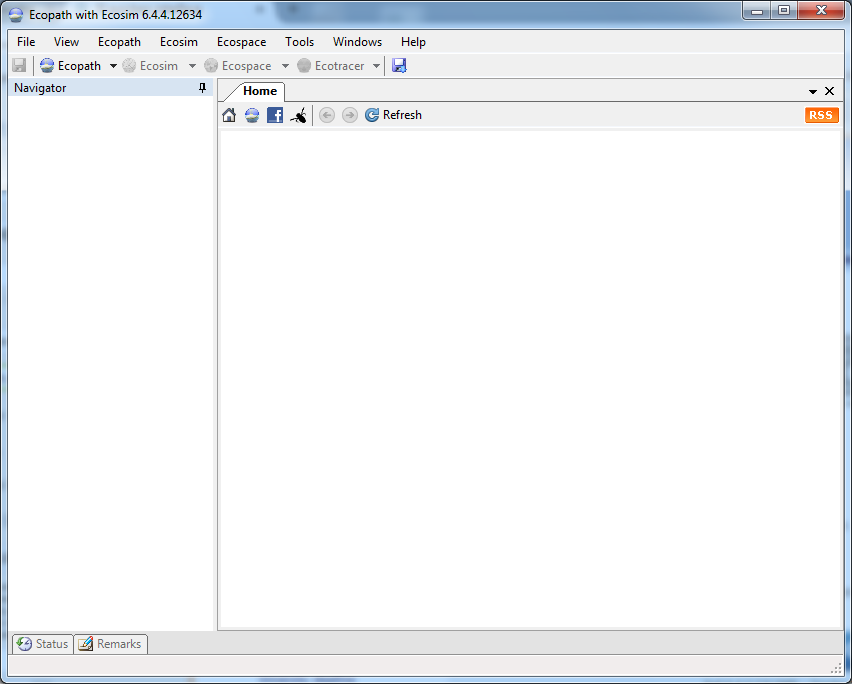
Our solutions are always economically and technically optimized based on the above mentioned criteria.

Under Construction, this ECOPATH® Mobile ~45 TPH Asphalt Rubber Blending Plant is comprised of two trailers: one (1) Model BR 45C 2.8G Asphalt Rubber Blending Trailer and one (1) R 30C I00 Reaction Trailer. ECOPATH® EcoMachine® up to 45 TPH Mobile Asphalt Rubber Blending Plant: California Model More details can be provided at your request.
#Ecopath for mac portable#
This ARBP is portable and would be excellent for introductory/experimental size projects, including a Polymer Switch project. It is capable of blending regular Asphalt Rubber binder or Terminal Blend binder. Our small, trailer mounted, self-containd ARBP has its own reaction tank. The simulation outputs indicate that these oxbow lakes can sustain only moderate fishing because increasing the fishing pressure reduces the biodiversity and can negatively impact the top predators.Equipment for Sale ECOPATH® EcoMachine® ~15 TPH Mobile Asphalt Rubber Blending Plant (ARBP) Therefore, we suggest that the food webs in the three systems are subjected to an alternated control process: detritus controls the food web during the flood season and by the top predators during the dry season. In addition, the highest values of the keystoneness species index in the three models highlight the role of top predators ( Hoplias malabaricus, Serrasalmus spp., Pseudoplatystoma reticulatum, birds, and mammals). The results highlight the importance of detritus in these food webs. We found that the food webs of the oxbow lakes are similar to each other because, although they depend mainly on the presence or absence of predators, flood pulses similarly homogenize the lakes. In this study, we used Ecopath with Ecosim (EwE) to model three oxbow lakes in the South Pantanal Plain, where there is no fishing activity, to test the similarity of the ecosystems, to identify the keystone species and the types of food web controls, and to determine whether these environments can support moderated fishing pressure.

The Pantanal Plain in the Paraguay River Basin (Brazil) occupies 140,000 km 2 of periodically flooded areas and is divided into 12 subregions with different characteristics related to the flood pulse duration, the vegetation, the type of soil, and the resources used in activities, particularly fishing. Flood pulse and biotic interrelationships control the food web dynamics of river floodplain systems.


 0 kommentar(er)
0 kommentar(er)
